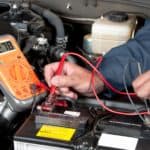
MENUMENU
TALK TO AN EXPERT
Special Hours: 7AM – 6PM PST
TALK TO AN EXPERT
Special Hours: 7AM – 6PM PST
For many, “electrical resistance” and “Ohms” are foreign concepts. And they certainly wouldn’t know how to measure a unit of electrical resistance. It’s clear that they have some significance when it comes to electrical systems, but exactly how does electrical resistance come into play? And how does one even measure resistance?
In this article, we’ve taken the time to debunk everything you need to know about resistance and ohms in electricity, including what it is, why it’s important, and which factors impact electrical resistance. Keep reading to learn more!
Electrical resistance is the measure of an object’s opposition to a flow of electric current. The universal symbol for this measure of resistance is called “Ohms,” symbolized by the Greek letter Omega Ω. All materials resist the flow of electrical current to some degree — except superconductors, which have zero resistance.

However, the vast majority of materials fall into the categories of conductors or insulators. Conductors are materials that have very little resistance (usually metals). They allow the electrons to flow easily. Meanwhile, insulators contain high resistance properties and greatly slow the current of electrons. Examples of insulators include plastic, rubber, and wood.
→ Brush up on your electrical terms: Amps, Volts, and Watts: Difference Explained in Simple Terms
It’s important to be able to calculate electrical resistance for several reasons. One of the most useful ways we use resistance is when we use resistors in electrical circuits. These restrict the flow of electricity allowing use to build circuits that control things, contain logic or protect electrical components.
Resistance also tells us how many amps reach a device, fuse, or circuit. For example, longer and thinner wires will experience a certain degree of energy loss by the time the current reaches the device. By calculating the unit of electrical resistance, we can ensure that our devices are receiving just the right amount of power.
The terms “resistance” and “conductance” are really two sides of the same coin. Thus, the more resistance an object has, the less conductance it has, and vice versa. For example, a piece of rubber has very high resistance and low conductivity, while a piece of copper has very high conductivity and low resistance.

According to Ohm’s Law, there are several important factors that influence a material’s electrical resistance. The first is the length of the material itself. As we already mentioned, longer wires will experience more resistance (and therefore a higher voltage drop) than shorter wires. Not only that, but the thickness (also known as “cross-sectional area”) of the wire also impacts the resistance. The thicker the wire, the less electrical resistance present.
→ Suggested Reading: Electrical Wiring Essentials: What You Need To Know to Calculate, Connect, and Install Wiring
And, of course, the material itself greatly impacts conductivity. We already talked about rubber versus metal, but it’s important to know that certain metals are more conductive than others. For example, copper has a lower resistance than steel. Last but not least, the temperature can affect resistance as well.
Electrical resistance is measured in units of Ohms. Thus, the higher the electrical resistance an object has, the higher the Ohms. So, what happens if a wire you’re using has high ohms? You’ll need to combat its resistance with more voltage to deliver the power you need. This is why power lines use such high voltage. With a very high voltage, the current can be lower and the voltage drop is not as big of an issue.
A great way to measure Ohms is with a multimeter. Simply turn the dial to the Omega sign (Ω) and place the prongs on either end of the wire you want to measure. Your multimeter will then tell you how much resistance the electrical flow is experiencing.
→ Learn more about How To Use a Digital Multimeter to measure electrical resistance and more.
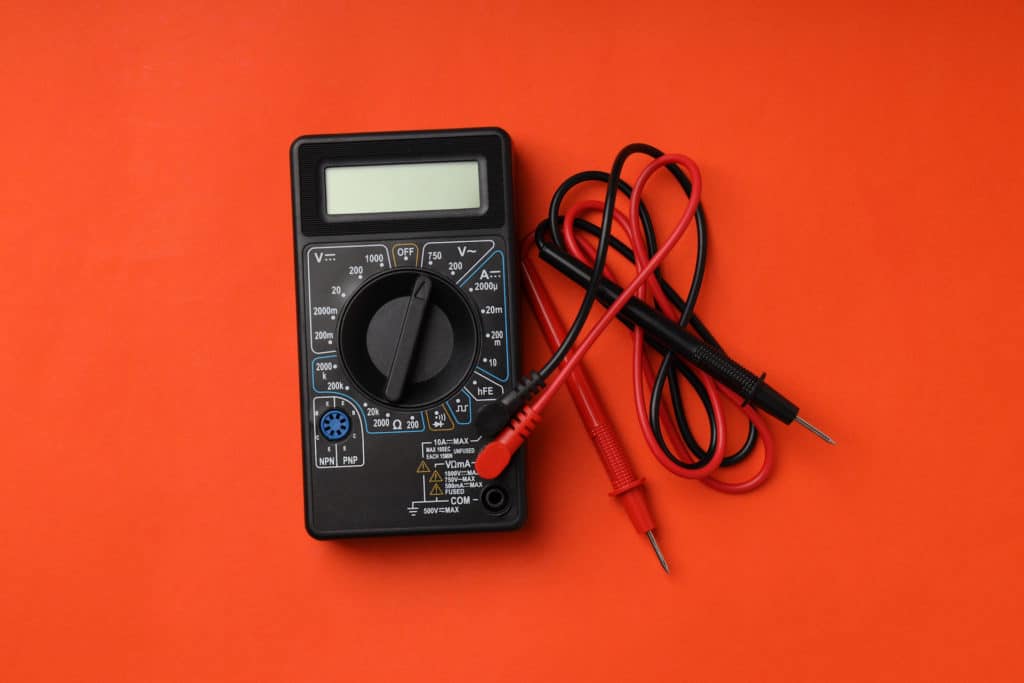
There are many reasons why you might want higher or lower electrical resistance. Calculating resistance is important when ensuring a certain device or circuit receives the right amount of volts or amps.
For example, you might want lower resistance in the wires leading from a battery bank to an inverter. This is because low voltage DC typically requires thick, short wires to deliver as much power as possible.
In contrast, you may want high resistance when trying to drop the current available to a small component. For example, some circuits use switches to determine if something is open or closed. These wires do not need much current to flow as they are not for conducting power but for sensing. In this case, high resistance is warranted to prevent a lot of power flow.
The best way to accurately control resistance in electrical systems is through small devices called resistors. There are precision and variable resistors. Precision resistors can provide resistance with accurate ohmic values. Variable resistors have higher tolerance levels, causing resistance to vary.
A precision resistor usually has a tolerance level of 0.005%, meaning its resistance only varies by 0.005%. It produces a near accurate way to control resistance. These are most often used in circuitry.
The type of resistor you choose will depend on a couple of factors. Because resistors are used for both current limiting and voltage dividing, there are times when you absolutely need a high-accuracy resistor. For example, if the accuracy of the voltage has a great impact on the circuit it’s leading to, use a precision resistor. On the other hand, if the accuracy of the voltage really doesn’t affect the upcoming circuit, you can get away with a variable resistor.
In wires its possible to calculate resistance per foot of a wire type. Using ohms law and voltage drop equations its possible to figure out how large of a wire is needed for a certain length.
While there are times when we need to control or limit resistance, the ultimate goal is to create the least amount of resistance throughout the electrical system. After all, the greater the resistance, the more power you’ll need. This is why it’s critical to use the right size of wires.
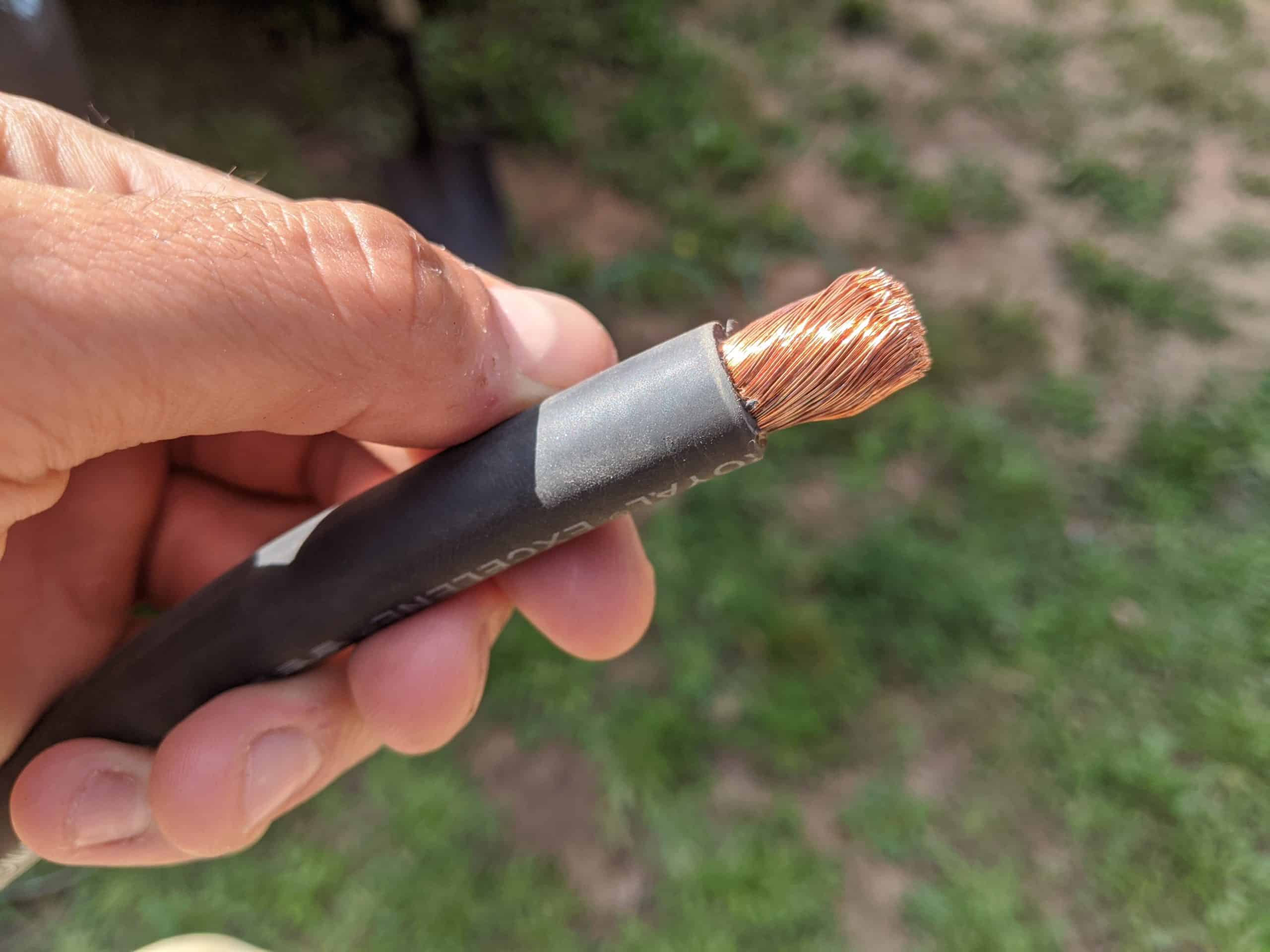
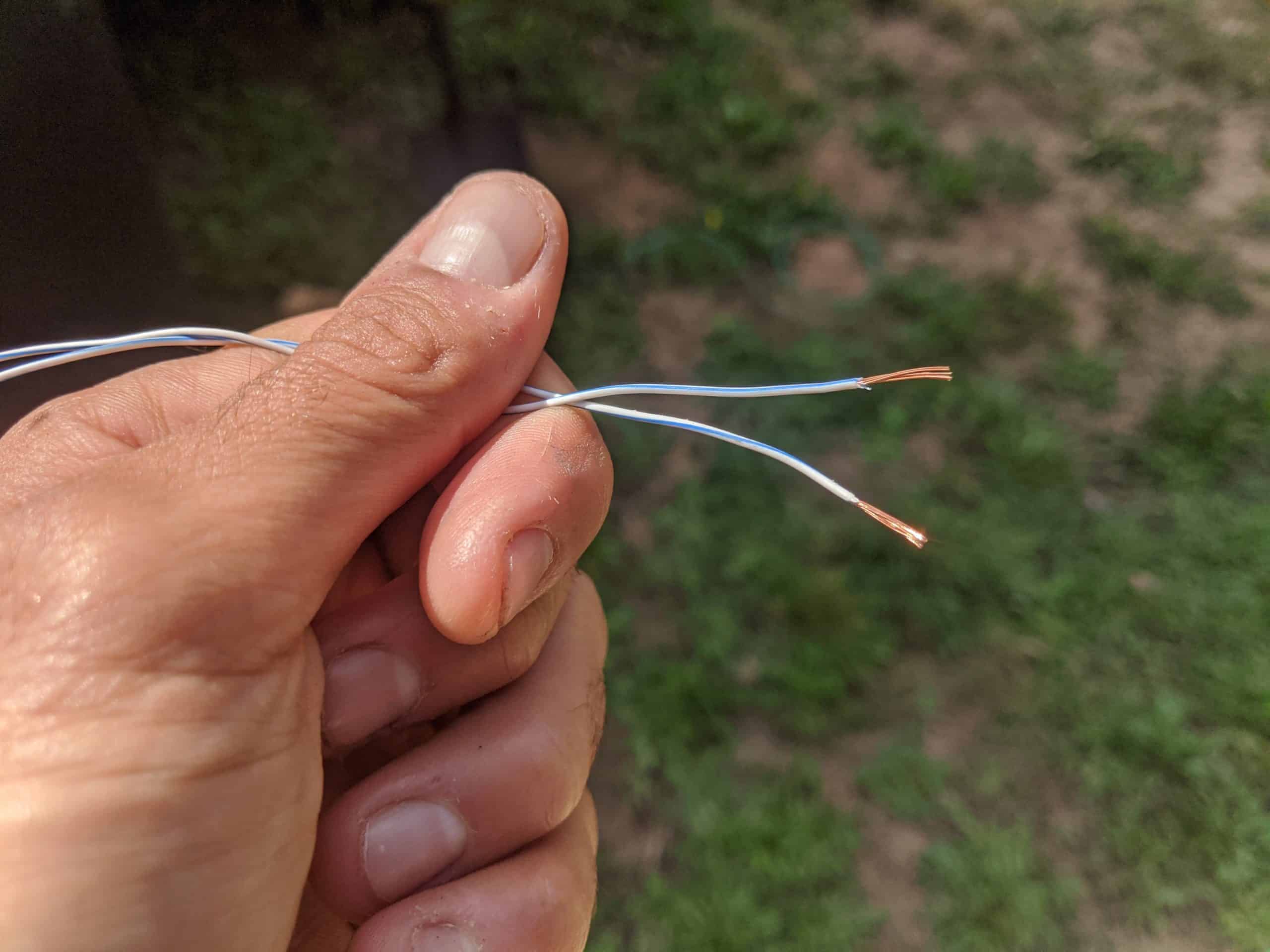
If the wires are too small or too long, there will be too much resistance in the system and not enough voltage at the end of the wire. Ultimately, you want your electrical system to work as efficiently and safely as possible. You can’t achieve that without the ability to measure resistance.
With so much talk about amps, volts, and watts, it can be easy to overlook electrical resistance and units of electrical resistance. Nevertheless, resistance is extremely important when determining how much power is running through your wires and reaching your devices.
Without the ability to calculate resistance, we wouldn’t be able to determine appropriate wire size and length, create useful circuit boards, and accurately measure how much electricity a device receives! Thus, it’s important to take the time to understand electrical resistance. Once you’ve done this, you’ll be able to feel confident working on your own electrical system.
Do you have any questions about resistance? Drop them in the comments below!

We know that building or upgrading an electrical system can be overwhelming, so we’re here to help. Our Reno, Nevada-based sales and customer service team is standing by at (855) 292-2831 to take your questions!
Also, join us on Facebook, Instagram, and YouTube to learn more about how lithium battery systems can power your lifestyle, see how others have built their systems, and gain the confidence to get out there and stay out there.
Shop Best Sellers


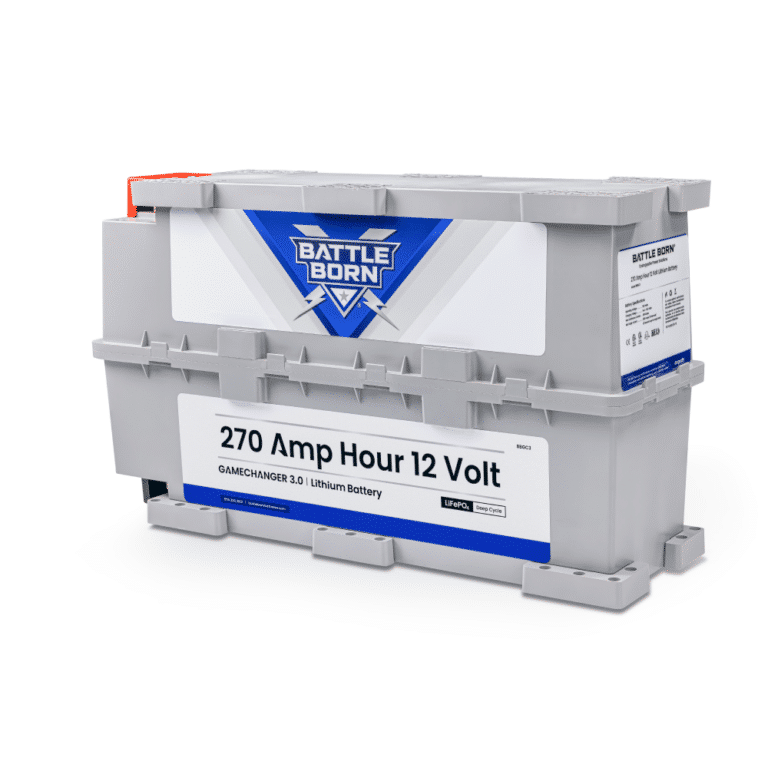
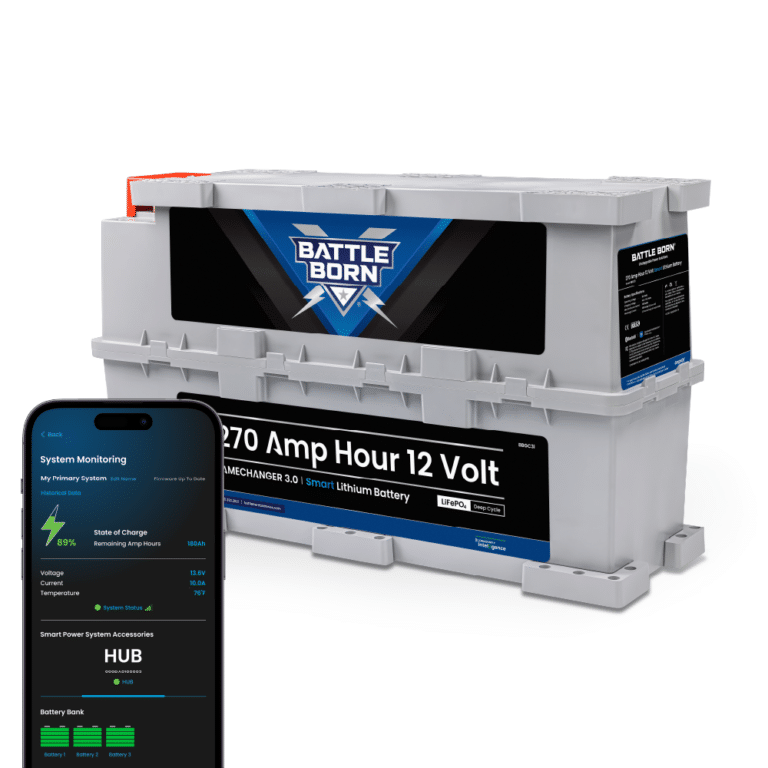
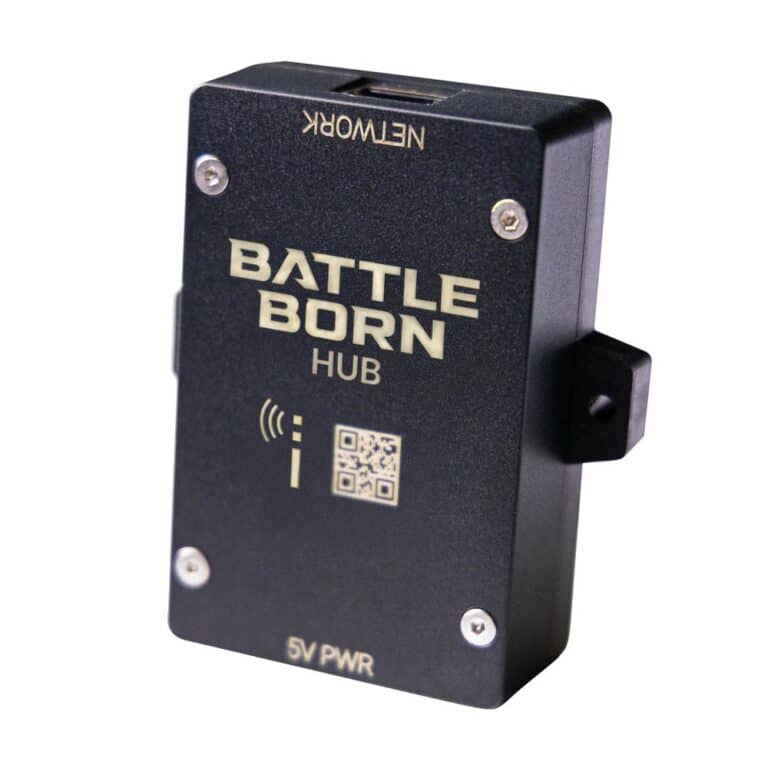
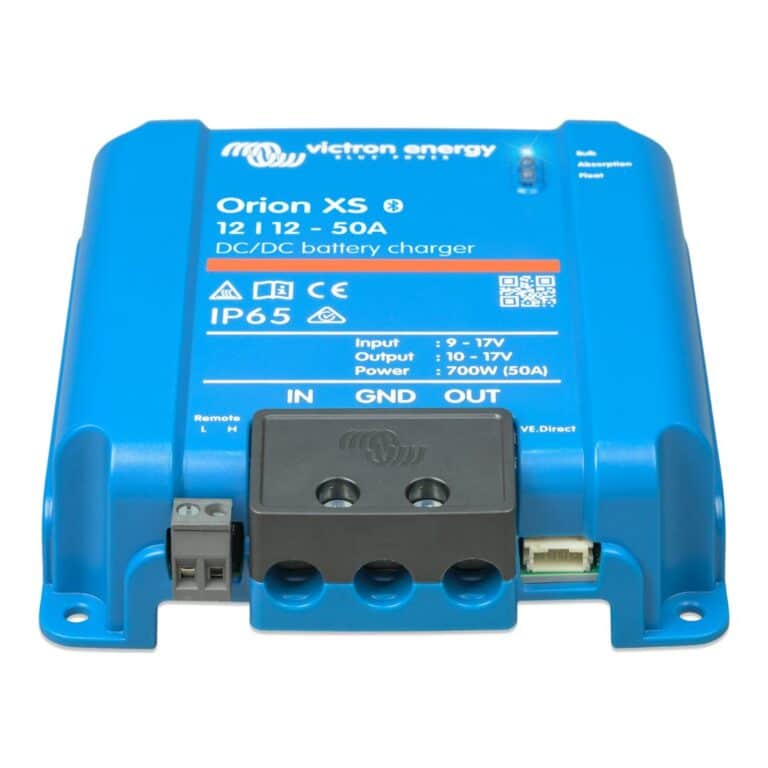
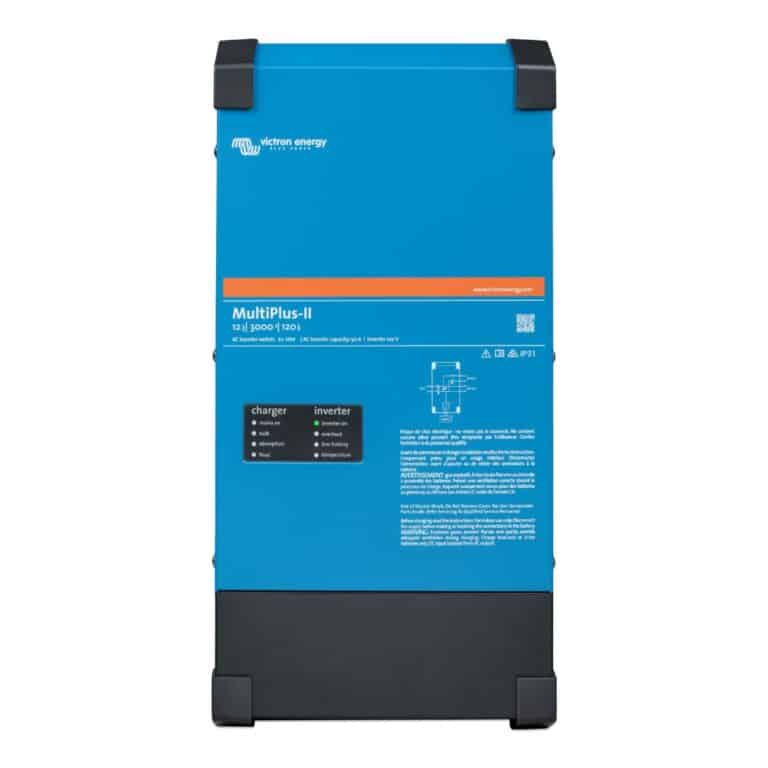

Ask a technical specialist now at 855.292.2831
Stay in the Know
One thought on “What Is Resistance and Ohms in Electricity?”
This post really helped clarify the concepts of resistance and Ohms for me! I especially appreciated the examples you provided to illustrate the real-world applications. Thank you for making such complex topics easier to understand!